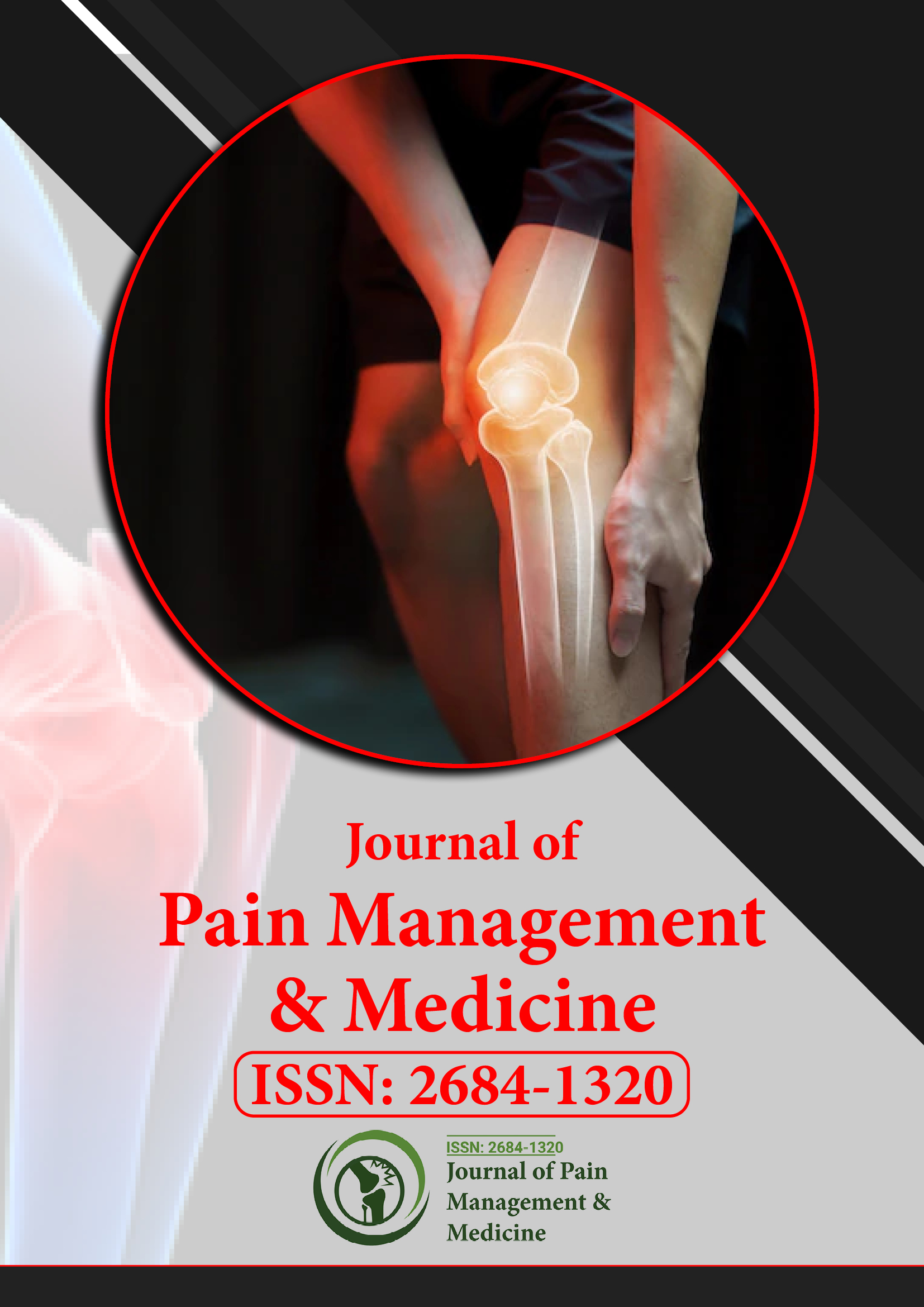indexado en
- Búsqueda de referencia
- Universidad Hamdard
- EBSCO AZ
- Publón
- pub europeo
- Google Académico
- Mercado de acceso abierto de calidad
Enlaces útiles
Comparte esta página
Folleto de diario

Revistas de acceso abierto
- Administración de Empresas
- Agricultura y Acuicultura
- Alimentación y Nutrición
- Bioinformática y Biología de Sistemas
- Bioquímica
- Ciencia de los Materiales
- Ciencia general
- Ciencias Ambientales
- Ciencias Clínicas
- Ciencias farmacéuticas
- Ciencias Médicas
- Ciencias Veterinarias
- Enfermería y Cuidado de la Salud
- Genética y Biología Molecular
- Ingeniería
- Inmunología y Microbiología
- Neurociencia y Psicología
- Química
Abstracto
Ketamina: tratamiento ideal del dolor en pacientes con traumatismos en altura
Kyle Davis
La altitud contribuye a una amplia variedad de cambios fisiológicos dentro del cuerpo. Cambios que alteran la cantidad de oxígeno entregado a las células, alterando el equilibrio ácido-base, lo que resulta en anomalías como respiración entrecortada, hipercapnia e hipoxia. Todos los problemas que son poco comunes al respirar aire ambiente. A medida que más y más personas aventureras en busca de emociones fuertes viajan a grandes altitudes, se vuelve más importante que los proveedores médicos comprendan estos efectos. Con especial atención en la farmacodinámica de los medicamentos en un entorno con menos oxígeno. Los pacientes traumáticos son de especial interés en la altitud porque requieren un control constante, así como una gestión adecuada de los recursos. Dentro del protocolo de trauma de cada proveedor está el manejo del dolor del paciente. Los efectos secundarios adversos siempre pueden presentarse por una dosificación incorrecta de narcóticos opioides, sin embargo, las presiones parciales más bajas de O2 amplifican estas preocupaciones. Preocupaciones asociadas principalmente con la depresión del impulso respiratorio. Por lo tanto, aumenta el riesgo de administrar narcóticos en la altitud. La ketamina puede satisfacer con éxito la necesidad de analgesia en la altitud, al tiempo que elimina el grave potencial de depresión del SNC. Este artículo tiene como objetivo educar y promover el uso de ketamina en pacientes con traumatismos en altura. El objetivo final es generar la confianza necesaria para evitar errores de omisión en lugar de de comisión en cualquier entorno austero.